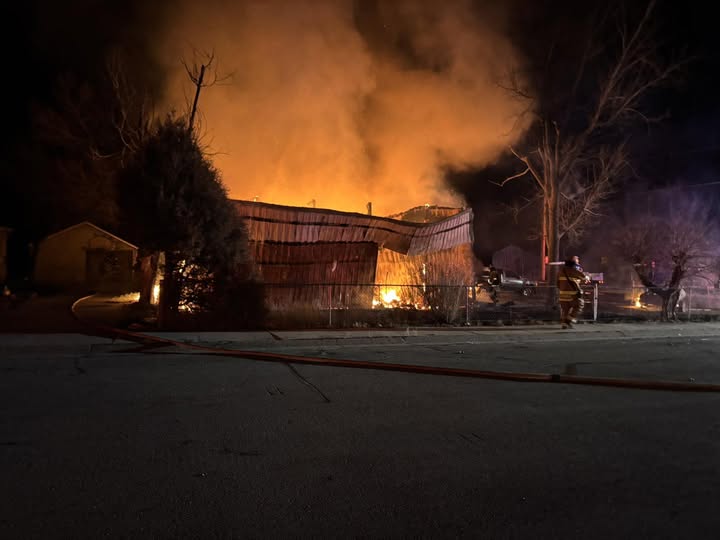RAPID CITY, S.D. – Rural ambulance services in South Dakota are having an increasingly hard time recruiting volunteers and generating revenues, putting the stability of the services at risk and making it more likely that rural residents will endure longer response times in emergencies or possibly lose ambulance service altogether.
The latest to announce an imminent closing is the Wall Ambulance Service – in danger of closing because of what representatives call financial and staffing issues, more specifically, a combination of an increased number of EMS regulations and workforce challenges – all of which require additional funding.
According to the Wall Ambulance Service, its annual budget is $427,275, with 35 percent of that coming from the tax district and 12 percent from the City of Wall annually. The remaining 53 percent of the expenses are covered by insurance payments, patient payments, donations, grants, and fundraisers. According to Lilly Stone, a director on the Wall Ambulance Service Board, the advanced funding already provided to them by the City of Wall would only keep them running through mid-March.
According to Sturgis Ambulance Service Director Shawn Fischer, there are two bills moving through the South Dakota Legislature that could offer assistance to rural ambulance services and offer an incentive for people to become involved.
Currently, emergency medical services are not considered “essential” which means no county or city has to mandate that there is an ambulance available in an area. SB101 would grant the SD Department of Health with oversight authority for the provision of emergency medical services which in turn could provide access to more resources to rural ambulance services.
SB1007 would add emergency medical services personnel to Class B public safety membership of the South Dakota Retirement System, where EMT’s would become eligible for state retirement services.
For now, the Wall Ambulance Service has started a GoFundMe account to help raise additional funds in efforts to keep the service operational until more long-term solutions can be found.











